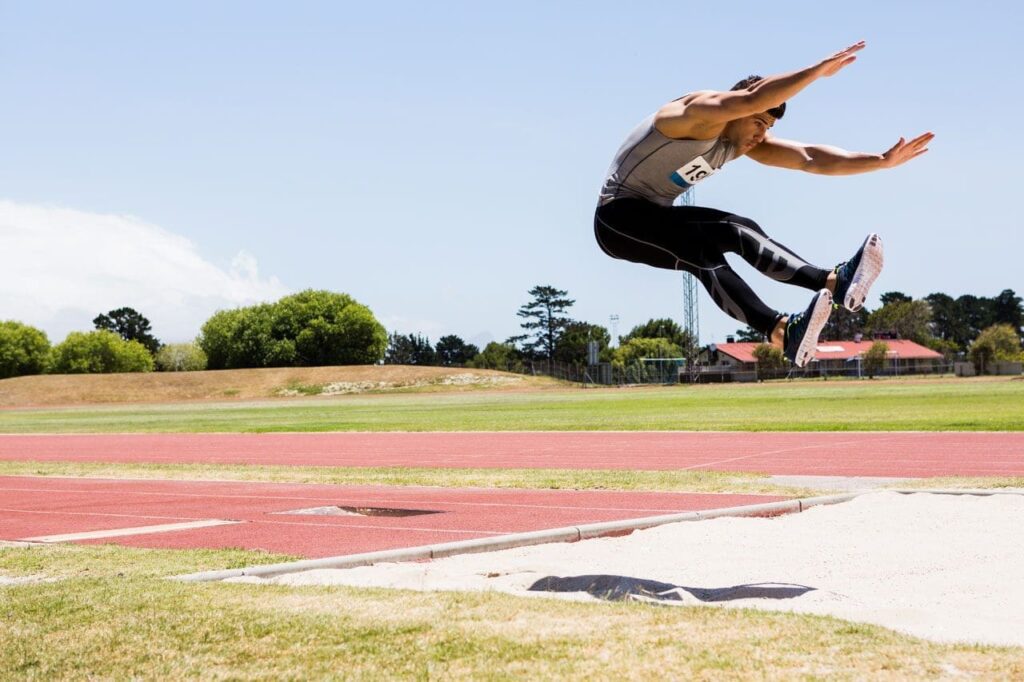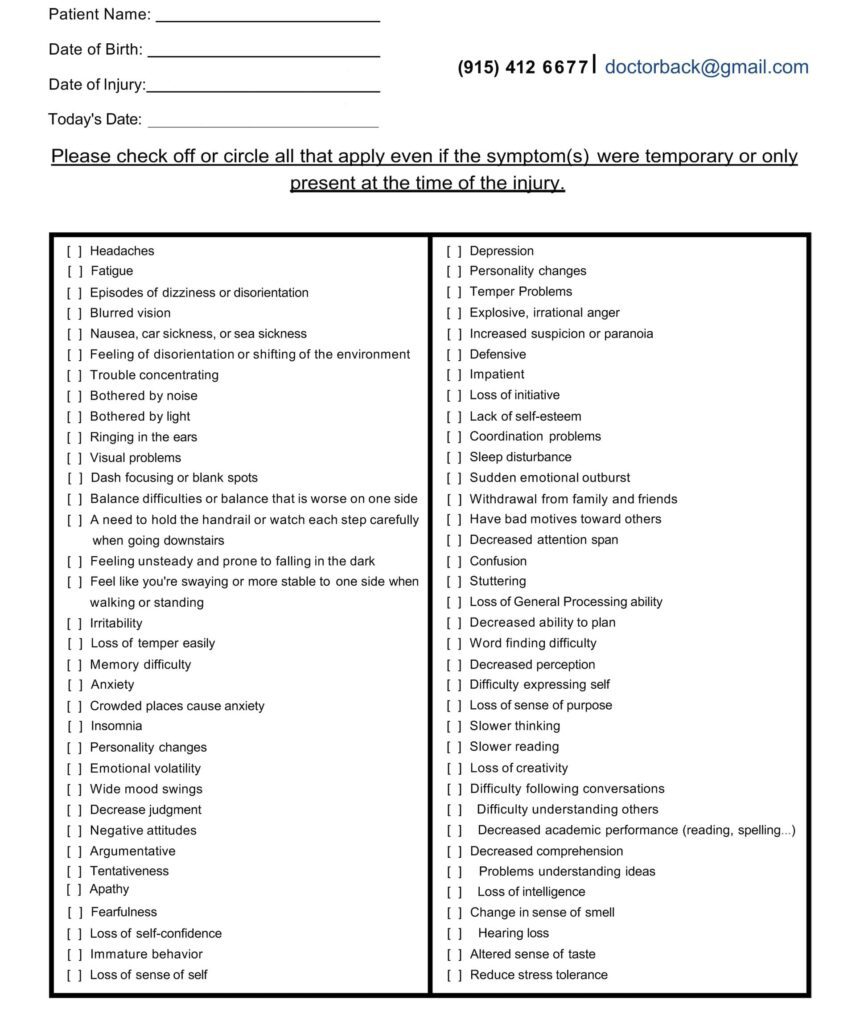Sports Head Injuries: Integrative Care Basics

Understanding Common Sports Head Injuries: From Concussions to Skull Fractures and Beyond
Sports bring excitement, fitness, and teamwork, but they also come with risks. One big risk is head injuries. These can occur in various ways, such as from a hard hit or a fall. The most common type is a concussion, which is a mild traumatic brain injury. But other serious ones include brain contusions, intracranial hematomas, and skull fractures. A concussion usually comes from a blow to the head or strong shaking that makes the brain move inside the skull. This can lead to short-term issues with thinking, balance, or emotional stability. More severe injuries, like skull fractures, break the bone around the brain, while hematomas cause bleeding inside the head. These require prompt medical attention to prevent lasting harm.
Chiropractic care and other natural treatments can play a key role in recovery. They focus on addressing issues with nerves and muscles resulting from these injuries. Often, this approach works best as part of a team with doctors, therapists, and other healthcare professionals. This helps the body heal on its own without always needing strong drugs or surgery. In this article, we will examine the nature of these injuries, their causes, symptoms, and methods for treatment and prevention.
What Are Sports Head Injuries?
Head injuries in sports happen when force hits the head or body, affecting the brain or skull. They range from mild to severe. A concussion is the most common. It’s a type of mild traumatic brain injury where the brain gets jarred but doesn’t have major damage like bleeding (Centers for Disease Control and Prevention, n.d.). About 300,000 sports-related concussions happen each year in the U.S. (Harmon et al., 2013). They can cause confusion or dizziness, but these symptoms often subside with rest.
Other types include brain contusions, which are bruises on the brain that cause swelling and bleeding. Intracranial hematomas are collections of blood within the skull, similar to epidural or subdural hematomas. These can build pressure on the brain and are more dangerous. Subdural hematomas are the most common bleeding injury in sports-related head trauma. They come from torn veins between brain layers (Yilmaz et al., 2020). Skull fractures break the bones of the skull, often resulting from strong impacts. These can lead to leaking fluid from the ears or nose if severe (Children’s Minnesota, n.d.).
All these injuries share some traits. They result from sudden changes in speed, such as stopping abruptly or twisting. This makes the brain shift and stretch nerves. In severe cases, it can cause long-term issues such as memory problems or trouble focusing (Aptiva Health, n.d.).
Causes and Sports at Risk
Head injuries can occur in any sport, but some have higher risks due to contact or speed. Football tops the list due to the frequency of tackles and collisions. In football, tackling causes about 63% of concussions (Centers for Disease Control and Prevention, n.d.). Wrestling is another, where throws, slams, and takedowns often lead to head hits (Arsenian Law Offices, n.d.). Soccer involves heading the ball or players crashing, causing around 27% of boys’ and 18% of girls’ concussions from that action (Centers for Disease Control and Prevention, n.d.).
Ice hockey has risks from body checks and falling on ice. About two-thirds of concussions come from player collisions (Centers for Disease Control and Prevention, n.d.). Basketball sees injuries from jumps and bumps, with half of girls’ concussions from athlete contact (Centers for Disease Control and Prevention, n.d.). Even non-contact sports like cycling or skiing can cause head trauma from crashes or falls at high speeds (Arsenian Law Offices, n.d.).
The main causes are acceleration-deceleration forces. This means the head speeds up or slows down rapidly, causing the brain to hit the skull. Rotational forces twist the head, shearing brain tissues (Harmon et al., 2013). Helmets help reduce some risks, but don’t stop all concussions. In sports like boxing or mixed martial arts, repeated punches increase the chances of chronic brain damage (Arsenian Law Offices, n.d.).
Other factors raise risks, too. Past concussions make new ones more likely. Poor technique, such as incorrect tackling, adds danger. Even activities like cheerleading have risks from stunts and falls (Arsenian Law Offices, n.d.). Knowing these helps athletes stay safer.
Signs and Symptoms to Watch For
Symptoms of head injuries vary but often start right after the hit. For concussions, common signs include headache, dizziness, nausea, and feeling foggy (Cleveland Clinic, n.d.a). You may feel confused or struggle to remember things. Some people become sensitive to light or noise. Sleep changes, such as sleeping too much or too little, can also occur (OrthoInfo, n.d.).

More serious signs mean get help fast. These include seizures, convulsions, or a dazed look (Mayo Clinic, n.d.a). Vomiting more than once, slurred speech, or unequal pupils are red flags (WebMD, n.d.). For skull fractures, look for swelling, bruising around the eyes or ears, or clear fluid from the nose or ears (Children’s Minnesota, n.d.).
Hematomas might cause severe headaches, weakness on one side, or passing out. Symptoms may appear hours or days later, so it is essential to monitor closely (Cleveland Clinic, n.d.b). In brain contusions, swelling can lead to similar issues, but scans may be necessary to confirm (Aptiva Health, n.d.).
Headaches are common across all types. In sports, they can result from exertion, such as weightlifting, which raises blood pressure (Studio Athletica, n.d.). But post-injury headaches are often linked to neck strain or brain changes.
Diagnosis starts with a check-up. Doctors ask about the injury and test balance, memory, and reflexes. Tools like the Sport Concussion Assessment Tool help score symptoms (Kazl & Torres, 2019). If needed, CT scans examine for bleeding or fractures, but most concussions don’t show on scans (OrthoInfo, n.d.).
Traditional Treatments for Head Injuries
Treatment depends on severity. For mild concussions, rest is key. Avoid physical activity and screens to let the brain heal (Mayo Clinic, n.d.b). Pain relievers like acetaminophen help headaches, but avoid aspirin if bleeding is possible (WebMD, n.d.).
For serious injuries like hematomas or fractures, emergency care is needed. Surgery might remove blood clots or fix bones (Yilmaz et al., 2020). Skull fractures often heal with pain meds and rest, but depressed ones need surgery (Children’s Minnesota, n.d.).
Recovery includes gradual steps back to activity. A 6-stage protocol begins with rest, followed by light exercise, sport drills, full practice, and a return to play (Johnson et al., 2013). This takes at least a week if no symptoms return.
Therapy helps too. Physical therapy improves balance, while cognitive therapy aids memory (Mayo Clinic, n.d.b). For long-term symptoms, see specialists.
The Role of Chiropractic and Integrative Care
Chiropractic care provides a natural approach to managing head injuries. It focuses on aligning the spine and neck, which often become misaligned in impacts (Carr Chiropractic Clinic, n.d.). Adjustments reduce pressure on nerves, easing headaches and dizziness (Aurora Chiropractic, n.d.).
For concussions, chiropractors employ gentle techniques, such as spinal manipulation, to enhance blood flow and nerve function (Grant Chiropractic, n.d.). This helps with balance and coordination (Mountain Movement Center, n.d.). Soft tissue work relaxes muscles, cutting pain (Think Vida, n.d.).
Integrative care mixes this with nutrition and lifestyle changes. Anti-inflammatory foods and supplements, such as omega-3s, support brain healing (Think Vida, n.d.). Stress management and adequate sleep promote faster recovery.
Chiropractors often work in collaboration with doctors and therapists to provide comprehensive care (Carr Chiropractic Clinic, n.d.). This addresses both brain and body symptoms.
Dr. Alexander Jimenez, a chiropractor with over 30 years of experience, notes that head injuries can disrupt posture and balance in the long term. His observations indicate that early intervention with integrative plans helps rebuild strength and cognitive skills. He stresses the importance of spotting hidden symptoms, such as gut-brain links, that can continue to harm the brain after injury (Jimenez, n.d.a; Jimenez, n.d.b).
Studies support this. Chiropractic care helped teen athletes recover from concussion symptoms, including headaches (Aurora Chiropractic, n.d.). It’s safe and avoids drug side effects.
Prevention Strategies
Preventing head injuries starts with gear. Wear fitted helmets for sports like football or cycling (WebMD, n.d.). Mouthguards cut some risks.
Learn proper techniques, such as safe tackling and heading (Centers for Disease Control and Prevention, n.d.). Follow the rules against dangerous plays.
Coaches should limit contact in practice. Athletes, rest if tired or hurt. Education on symptoms helps everyone spot issues early (Harmon et al., 2013).
For young players, it is recommended to delay participation in contact sports. Build strength and skills first.
Long-Term Effects and Recovery Tips
Repeated injuries can lead to lasting problems like memory loss or mood changes (Aptiva Health, n.d.). Second-impact syndrome is rare but deadly if another hit happens before healing.
Full recovery needs patience. Follow the doctor’s advice on returning to sports. Use graded steps to avoid setbacks (Johnson et al., 2013).
Support recovery with healthy habits. Eat well, stay hydrated, and manage stress. Regular check-ups track progress.
Chiropractic care can help prevent chronic issues by addressing misalignments early (Grant Chiropractic, n.d.). Integrative approaches, such as those from Dr. Jimenez, focus on whole-body wellness for better outcomes (Jimenez, n.d.a).
Conclusion
Sports head injuries like concussions, skull fractures, and hematomas are serious but manageable. Know the causes, watch for symptoms, and seek help fast. Treatments range from rest to surgery, but chiropractic and integrative care offer natural approaches to help alleviate symptoms and promote healing. Working with teams ensures the best recovery. Prevention through gear, technique, and awareness keeps athletes safe. Stay informed to enjoy sports without big risks.
References
Aptiva Health. (n.d.). Sports injuries & conditions. Aptiva Health.
Arsenian Law Offices. (n.d.). Most common sports that lead to brain injuries. Arsenian Law Offices.
Aurora Chiropractic. (n.d.). Chiropractic care for head injuries. Aurora Chiropractic.
Children’s Minnesota. (n.d.). Skull fracture. Children’s Minnesota.
Cleveland Clinic. (n.d.a). Concussion. Cleveland Clinic.
Cleveland Clinic. (n.d.b). Head injury. Cleveland Clinic.
Eastlake Chiropractic. (n.d.). How chiropractors can help sports concussions. Eastlake Chiropractic.
Grant Chiropractic. (n.d.). Chiropractors recovery after concussion. Grant Chiropractic.
Jimenez, A. (n.d.a). Dr. Alex Jimenez, DC. Dr. Alex Jimenez.
Jimenez, A. (n.d.b). Dr. Alexander Jimenez, DC, APRN, FNP-BC. LinkedIn.
Mayo Clinic. (n.d.a). Concussion. Mayo Clinic.
Mayo Clinic. (n.d.b). Traumatic brain injury. Mayo Clinic.
Neural Effects. (n.d.). High school sports cause most concussions. Neural Effects.
OrthoInfo. (n.d.). Sports concussion. OrthoInfo.
Studio Athletica. (n.d.). Headache. Studio Athletica.
Think Vida. (n.d.). Treating concussions with chiropractic care. Think Vida.

